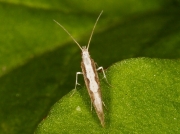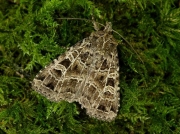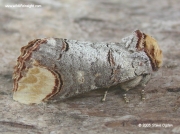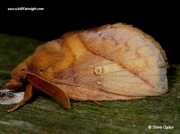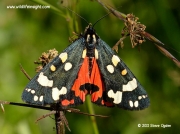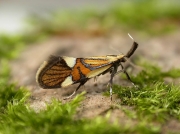For many people they are annoying little brown things that bounce off light bulbs and eat clothes. Although there is some substance behind this perception it does mask the true picture. Not only do moths play a vital part in the ecosystem as pollinators and food for many mammals, birds and other insects they also come in a hugely diverse range of sizes, colours, shapes and patterns.
Many species also have extraordinarily complex life-cycles and behaviour which is not yet fully understood.
Over the years I’ve spent countless hours recording moths – most have been extremely enjoyable but some less so! Some recent records are featured in Latest Sightings. At first I found identifying and photographing these insects extremely challenging – and, at times, still do! But, although far from being an expert, I think I’ve shown that anyone can make some interesting discoveries and add a little to our overall understanding of these fascinating insects.
These insects can be enjoyed by anyone regardless of their age, sex, mobility, knowledge or location, be it in the heart of a city or in the depths of the countryside.
Species guides
Moth Galleries
Other sections in our Illustrated Guide to British Moths
Existing sections are shown below and more will be added:
We are frequently adding new images, reports and pages to the site. We have plans to publish the following soon:
- Migrant moths
- Moth pest species
- Moth recording methods
- Moth identification
- Moth photography
- Nectaring plants and food plants for moths
- Day-flying moths – often confused with butterflies



